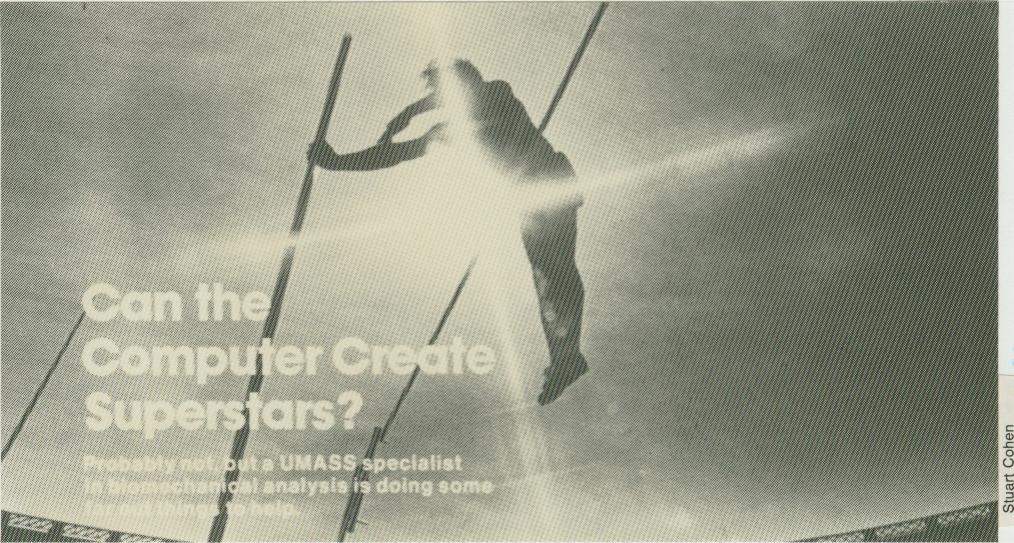| Index | Next |
![]()
The huge athlete cradled the 16pound ball in his right hand poised just behind his right ear. He whirled in the power pirouette that provides a touch of grace to the brute sport, planted his right foot and took short, powerful steps forward and then lunged ahead, catapulting the steel ball up and away.
There were oohs and aahs and the measurement confirmed what most had thought - amateur hurler Terry Albritton had set a world record of 71 feet, five inches in the shot, fully two feet further than he had ever hurled the shot before.
If there were amazement and joy within the U.S. Olympic team (Albritton is competing in Montreal for U.S.), a former Israeli Olympian received the news in his office in the quiet college community of Amherst, Massachusetts without surprise.
"How can you be surprised," asked Gideon Ariel, "when you knew he could do it? The computer showed it was possible."
Indeed, Terry Albritton's recordbreaking throw, the effort to improve Doug Bird as a pitcher for the Kansas City Royals, and the development of
new athletic equipment - shoes, tennis balls, tennis rackets - and a new exercise machine, were designed by Gideon and his computer.
In fact, should the U.S. Olympic field events group establish all kinds of records at the July games and in other competition, officials might possibly cast a special gold medal for Gideon Ariel and his Computerized Biomechanical Analysis Inc. (CBA).
In the fall and winter of 1975-76, CBA did a study of U.S. Olympians and asked its computers how they could improve their performances. The result is a series of reports which show what the athlete is doing now, what is wrong with his or her form and how to improve.
It even offers suggestions on equipment changes.
For instance, in Albritton's case his steps were too long and he was losing force because his shoes were slipping on the lunge and release.
He took shorter steps, putting more power into each, straightened his walk, and then wearing a shoe modified to fit a design from CBA studies (one that enables the ball of the foot to turn in a lateral movement
of the body, but stops the foot short when it is planted for leverage) Albritton hurled the ball a record distance.
Obviously Gideon Ariel is not taking all the credit. If Albritton were not an outstanding athlete with the ability to put the shot 69 feet, then all the computer studies in the world wouldn't enable him to throw it 71plus feet.
"But when you have an outstanding athlete and then try to improve on his form you often can do good things," said Gideon in his accented English.
Six years ago when CBA began, Gideon helped a friend discover why his youth hockey team was having trouble getting steam into its slap shots. Then graduate student Ariel, just beginning to design and improve on his computerized biomechanical system, took films of the boys shooting the puck. Then, tracing their muscular and joint movements with an electronic pencil attached to the computer, he got an electronic picture of what the arms, legs, etc. were doing.
Using physics formulae he figured the optimum pressure points
NEW ENGLAND SPORTS GUIDE July 1976


![]()
| Index | Next |